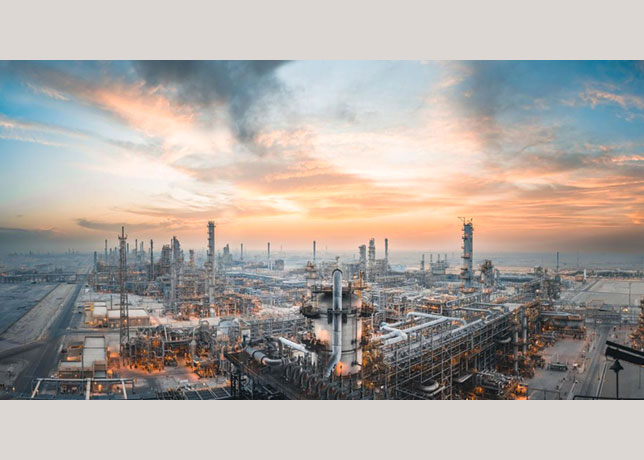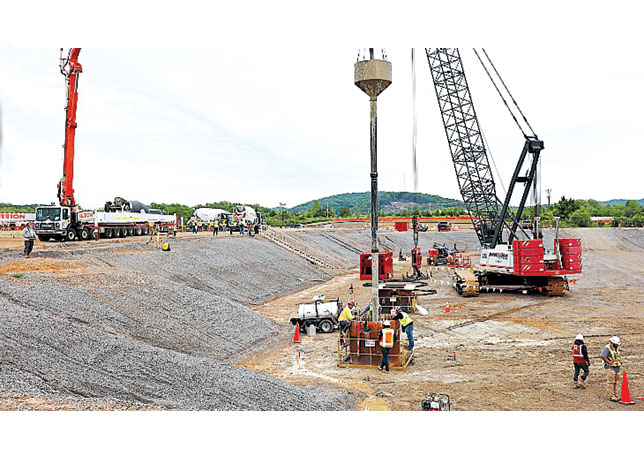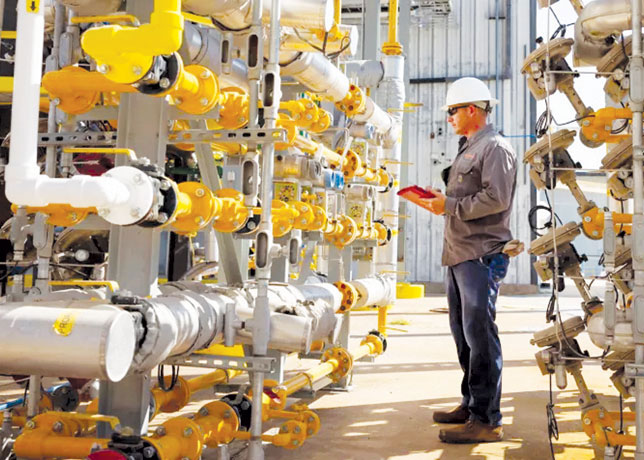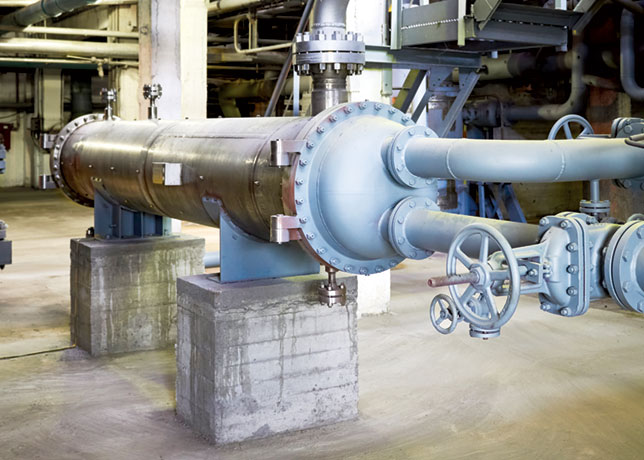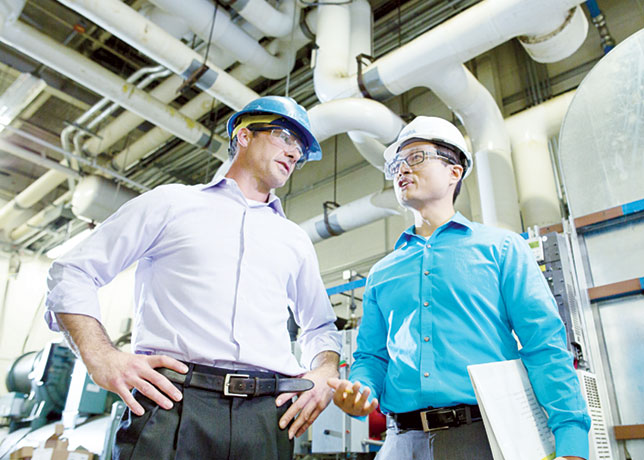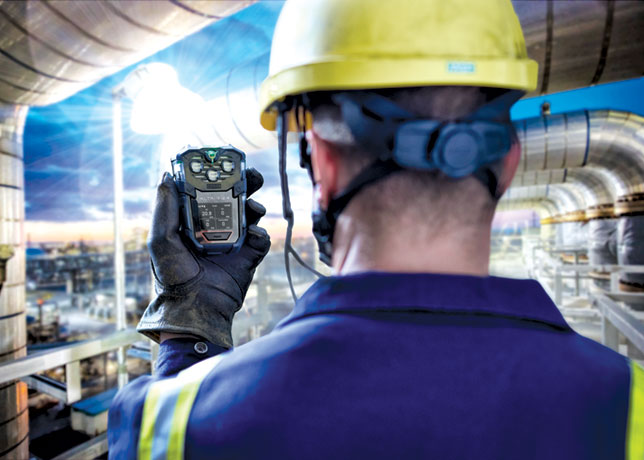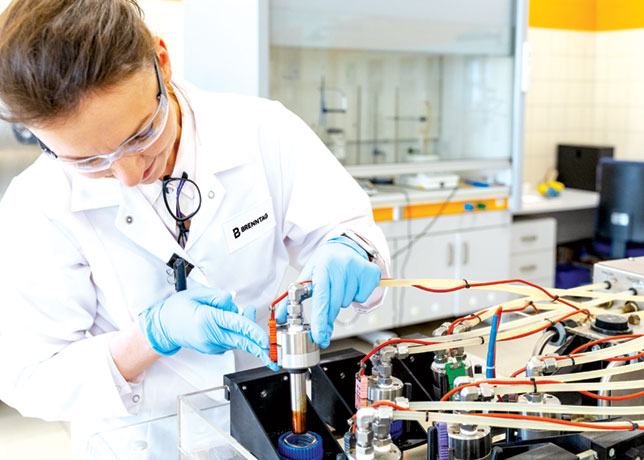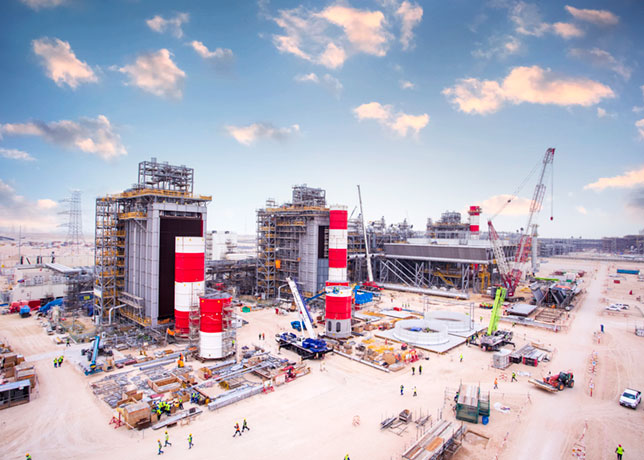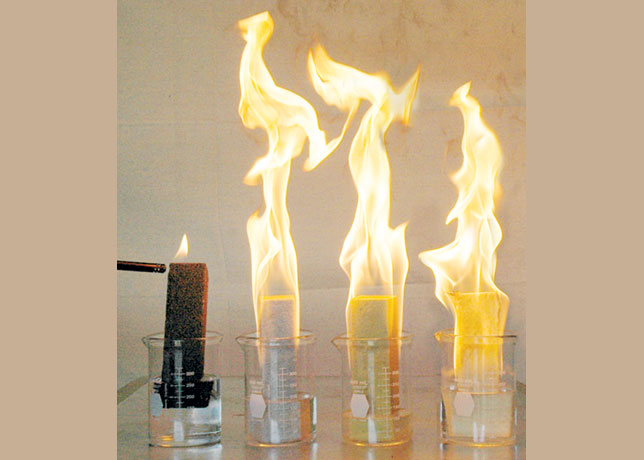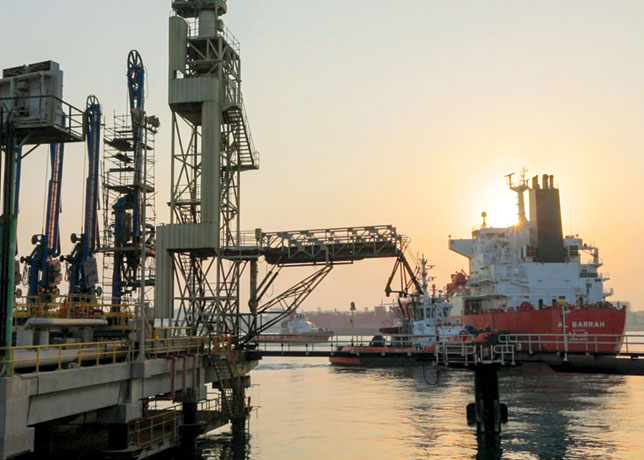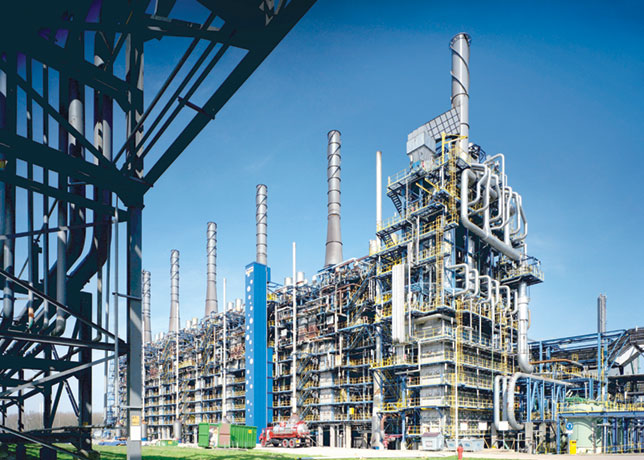
 Collaboration between industry stakeholders is paramount in establishing the highest
Collaboration between industry stakeholders is paramount in establishing the highest
Amid increasing fire risks from traditional and renewable energy sources, the sector significantly boosts safety investments, driven by cutting-edge new technologies and escalating climate change concerns
The energy sector, a cornerstone of modern society, is inherently fraught with significant fire risks, ranging from the volatile hydrocarbons in oil and gas facilities to the high-voltage equipment in power plants and the evolving challenges of renewable energy installations.
As the global energy landscape continues its dynamic shift, the imperative for robust fire safety and protection strategies becomes ever more critical.
While advancements in technology and stricter regulations offer promising avenues for mitigating these dangers, the sheer scale and complexity of energy operations, coupled with the increasing impacts of climate change, demand a vigilant and proactive approach.
The slight but notable increases in fire safety equipment market size, from an estimated $47.31 billion in 2024 to $50.12 billion in 2025, and the enhanced fire protection systems market, projected to grow from $9.63 billion in 2024 to $10.12 billion in 2025, underscore a growing industry awareness and investment in this vital area.
However, these figures also serve as a stark reminder that the threat persists, requiring continuous innovation, rigorous adherence to best practices, and a culture of unwavering safety across the entire energy value chain.
THE EVOLVING LANDSCAPE OF FIRE HAZARDS IN ENERGY
The energy sector’s diverse portfolio presents a myriad of fire risks, each demanding tailored prevention and suppression strategies.
In traditional oil and gas operations, the presence of highly flammable substances, high pressures, and complex machinery creates an environment where a minor malfunction can escalate into a catastrophic inferno.
According to ITOPF statistics, while the frequency of large tanker spills (over 700 tonnes) has significantly reduced since the 1970s, with only six large spills recorded in 2024, the potential for high-volume incidents remains a concern, impacting both marine and onshore facilities.
Similarly, pipeline incidents, though often underreported, are a daily occurrence, with 530 reported incidents in 2024 (though this data is likely incomplete due to reporting lags), highlighting the continuous threat posed by infrastructure integrity failures, according to a report published by the FracTracker Alliance.
These incidents, while not exclusively fire-related, often carry the inherent risk of ignition due to leaks and ruptures.
Power generation, whether from fossil fuels or nuclear sources, also carries substantial fire risks.
In another report, by Réseau DEF, thermal power plants, for instance, face predominantly electrical hazards (70 per cent of risks) and those from hydrocarbons (30 per cent), necessitating specific fire detection and suppression for electrical rooms, engine rooms, and cable bridge areas.
Nuclear facilities, with their unique combination of highly flammable materials, intense heat, and radioactive substances, demand exceptionally stringent fire safety protocols, including advanced detection, smoke extraction, and specialised extinguishing methods.
The rapid expansion of renewable energy sources, while critical for decarbonisation, introduces new and evolving fire safety challenges.
Lithium-ion batteries, central to energy storage solutions for solar and other intermittent renewables, pose a significant risk of overheating, thermal runaway, and difficult-to-extinguish fires if improperly installed, poorly maintained, or damaged.
Solar panels themselves can ignite due to faulty installation, substandard components, or design flaws, and critically, they can continue to generate electricity even when ablaze, complicating firefighting efforts.
Hydrogen, touted as a clean fuel, is highly flammable and difficult to extinguish, requiring comprehensive safety measures for its use and storage, as outlined in regulations like the Dangerous Substances and Explosive Atmospheres Regulations 2002 (DSEAR) in the UK.
The inherent electrical hazards within these evolving technologies underscore the need for continuous research and developing new guidance to mitigate associated risks.
ADVANCEMENTS IN FIRE SAFETY AND PROTECTION
Recognising the persistent and evolving nature of fire hazards, the energy sector is increasingly adopting advanced fire safety and protection technologies.
The global fire safety equipment market, which reached $47.31 billion in 2024, is projected to grow to $50.12 billion in 2025, driven by regulatory compliance and increased emphasis on workplace safety (Research and Markets).
This growth reflects a significant investment in both passive and active fire protection systems.
Passive fire protection, including fire-resistant materials, fire-rated doors, and compartmentalisation strategies, forms the fundamental layer of defence, preventing the spread of flames and heat.
Active systems, however, are seeing rapid innovation. The enhanced fire protection systems market, valued at $9.63 billion in 2024, is expected to reach $10.12 billion in 2025, with a compound annual growth rate (CAGR) of 5.1 per cent through to 2033 (Global Growth Insights).
This growth is significantly propelled by the rising adoption of smart fire protection systems, with over 30 per cent of commercial properties now utilising IoT-enabled fire detection and monitoring.
These smart systems offer real-time monitoring, automatic fire suppression, and predictive maintenance, drastically reducing response times and minimising damage (Global Growth Insights).
Further advancements in fire suppression technology for 2025 include the integration of artificial intelligence (AI) and machine learning for faster hazard identification and reduced false alarms.
There’s a growing emphasis on ‘green fire protection solutions’, such as advanced water mist technology that uses significantly less water than traditional sprinklers, and non-toxic gaseous systems that minimise environmental impact.
Clean agent (gaseous) systems are gaining traction due to their environmentally friendly nature and effectiveness in protecting sensitive electronic equipment, particularly in critical facilities like data centres within the energy infrastructure.
The development of advanced fire protection materials, including intumescents, aerogels, and nano-engineered solutions, is also transforming protection strategies, especially for new risks like electric vehicle batteries.
The UK, in particular, has seen significant developments in fire safety regulations in 2024, influenced heavily by the Grenfell Tower tragedy.
Updated standards like BS 9991:2024 introduce changes to building regulations and preemptive design guidelines, with an expanded scope to include residential care homes and clear guidelines for areas of higher fire risks.
The Building Safety Act 2022, with its Part 4 regime commencing in 2024, places legal obligations on accountable persons to assess and manage building safety risks in higher-risk buildings, emphasising thorough risk assessments and robust safety management systems.
These regulatory pushes are vital in driving the adoption of more advanced fire safety measures across all sectors, including energy.
THE INTERPLAY OF CLIMATE CHANGE & FIRE RISK
Beyond operational hazards and technological solutions, the energy sector must increasingly contend with the exacerbating effects of climate change on fire risk.
Warmer temperatures and prolonged heatwaves contribute to drier conditions and extended fire seasons, increasing the susceptibility of vegetation to ignition and making wildfires more frequent and intense.
While directly impacting energy transmission lines and infrastructure located in fire-prone areas, this also indirectly affects the sector through disruptions to supply chains, increased demand for energy for cooling, and damage to extraction or processing facilities located in vulnerable regions.
The Nature Conservancy has warned that a warming climate with dry forests and shifting weather patterns is fueling severe wildfires with unprecedented impacts.
Projections indicate that in some types of forests in the western US, an average annual temperature increase of just 1 deg C could increase the median burned area per year by as much as 600 per cent.
This heightened wildfire activity poses a direct threat to overhead power lines, substations, and other critical energy infrastructure, potentially leading to power outages and cascading failures.
The energy sector’s reliance on vast networks of infrastructure, often traversing diverse geographical terrains, makes it particularly vulnerable to these climate-driven fire hazards.
Furthermore, the very transition to renewable energy, while crucial for mitigating climate change in the long term, presents its own immediate fire safety challenges, as previously discussed with lithium-ion batteries and solar installations.
Therefore, fire safety in the energy sector cannot be viewed in isolation; it must be an integral part of a holistic climate resilience strategy.
This involves not only investing in advanced fire suppression and detection but also adapting infrastructure to withstand increased fire risks, developing robust emergency response plans that account for climate-driven scenarios, and conducting comprehensive risk assessments that factor in changing environmental conditions.
The future of fire safety and protection in the energy sector is one of continuous adaptation and innovation.
The statistical trends from 2024 to 2025 reflect a positive, albeit incremental, increase in investment and awareness.
However, the inherent risks, coupled with the profound and growing impact of climate change, demand an accelerated pace of development and deployment of advanced solutions.
From smart fire suppression systems leveraging AI and IoT to eco-friendly extinguishing agents and resilient infrastructure design, the industry must remain at the forefront of safety to ensure the uninterrupted and secure supply of energy that underpins our modern world.
Collaboration between industry stakeholders, regulatory bodies, and research institutions will be paramount in establishing and maintaining the highest standards of fire safety, safeguarding both personnel and critical assets against an ever-evolving threat landscape.









